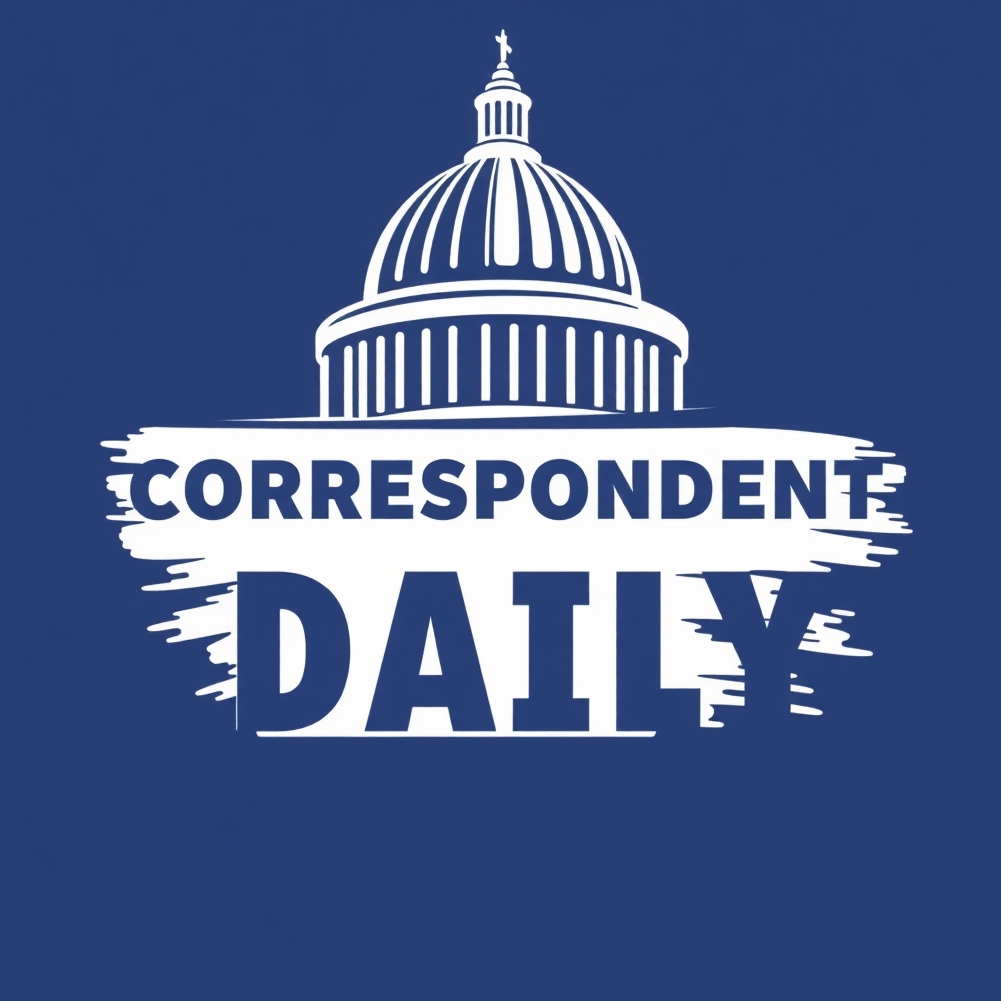
The Health Benefits of Brisk Walking
Integrating brisk walks into your daily routine might be the simplest yet most impactful step towards extending your lifespan. A recent study published in the American Journal of Preventive Medicine underscores the importance of physical activity, notably fast walking, in reducing mortality risk. This study, which primarily involved low-income and Black participants, highlighted how brisk walking can decrease the risk of death by almost 20%. With current recommendations suggesting that adults accumulate between 150 to 300 minutes of moderate-intensity aerobic activity each week, incorporating brisk walks can play a pivotal role in achieving these goals while promoting heart health.
Activating Health Through Movement: Broad Impacts
While the specific study emphasized brisk walking, it’s essential to recognize that even slow walking contributes positively to heart health. Many might underestimate the cumulative benefits of walking, regardless of speed. Physical activity is a cornerstone of a healthy lifestyle, particularly for those over 30, who may begin to notice the physical impacts of aging. Regular movement alleviates risks associated with chronic diseases, among them heart disease, diabetes, and obesity, providing an essential foundation for overall well-being.
Historical Context: Movement and Longevity
Historically, many cultures embraced walking as a primary means of transportation, inadvertently incorporating physical activity into daily life. The shift towards sedentary lifestyles, predominantly fueled by urbanization and technological advancements, has created a significant disconnect between our natural need for movement and modern convenience. Reminding ourselves of the roots of walking as a social and health-promoting activity can inspire today’s generations to reclaim this vital practice for health and longevity.
Real-life Examples: Walking Toward Better Health
Consider the example of John, a 60-year-old community outreach worker. John struggled with maintaining heart health for years, juggling a stressful job with family obligations. However, by integrating brisk walks during his breaks and after work, he found not only improved physical health but also mental clarity and a more positive mood. John's story is not unique; numerous individuals have transformed their health outcomes by simply adopting brisk walking as a routine. Walking opens opportunities for social interaction too, allowing people to connect with neighbors, friends, or family, creating richer community ties.
Taking Action: Tips for Incorporating Brisk Walking
If you’re looking to enhance your health through brisk walking, consider the following tips. Start by identifying your goals for physical activity, aiming to incorporate more walking into your daily routine. Try walking during your lunch breaks, getting off public transport a stop early, or simply taking evening strolls in your neighborhood. Set small milestones to track your progress, and remember, maintaining a regular schedule is key to achieving and sustaining health benefits. Don’t forget to treat yourself after reaching your weekly walking goals to stay motivated!
Aspirations for the Future: Active Lifestyles Ahead
The future of public health will undoubtedly continue to focus on the integration of physical activity in everyday life. Urban planners and communities are beginning to recognize the importance of accessible walking paths and parks to encourage healthier lifestyle choices. Walking is not just beneficial for individuals but can also foster a sense of community. As more people choose to walk, cities may witness reduced pollution levels and healthier populations. The collective impact of these small, individual choices can lead to far-reaching benefits, underscoring the importance of pedestrian-friendly environments.
Concluding Thoughts on Embracing Walking
Regular walking—particularly at a brisk pace—offers significant benefits for longevity. The findings of this research promote not just awareness about health in lower-income communities but also the relevance of simple lifestyle modifications for everyone. So, lace up your shoes and join the movement toward healthier living today! As we make strides toward better health through walking, let’s uplift ourselves, our communities, and the environment.
 Add Row
Add Row  Add
Add 




Write A Comment